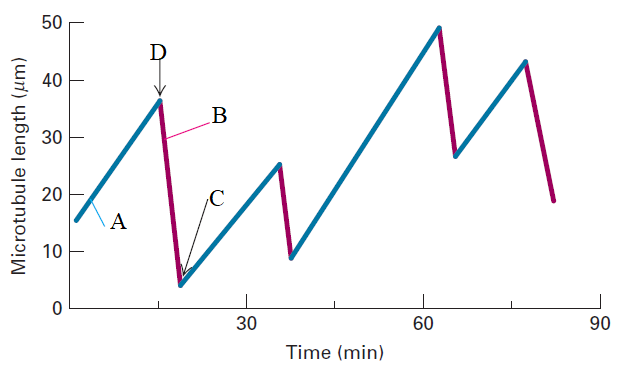#Question id: 11435
#Unit 1. Molecules and their Interaction Relevant to Biology
Given the pka values of different acidic sites in cysteine the principle ionic form in which it exists at pH 7
#Question id: 11436
#Unit 1. Molecules and their Interaction Relevant to Biology
Which of the following structure of lysine will be observed between its pK2 and pKR
#Question id: 11437
#Unit 1. Molecules and their Interaction Relevant to Biology
Match with their respective structure
#Question id: 11438
#Unit 1. Molecules and their Interaction Relevant to Biology
Two of the common amino acids are analyzed. At pH = 7.0, amino acid X is negatively charged while amino acid Y is positively charged. Which will be a characteristic of amino acid X?
#Question id: 11439
#Unit 1. Molecules and their Interaction Relevant to Biology
Arrange in increasing order of alkalinity
1. Pk1 arginine
2. pk2 proline
3. pk2 alanine
4. pkR arginine
#Question id: 11440
#Unit 1. Molecules and their Interaction Relevant to Biology
Arginine contains a guanidinium R-group and has pK1,pk2 pkR values of 2.17, 9.04, and 12.48 For arginine molecules at pH=14,

